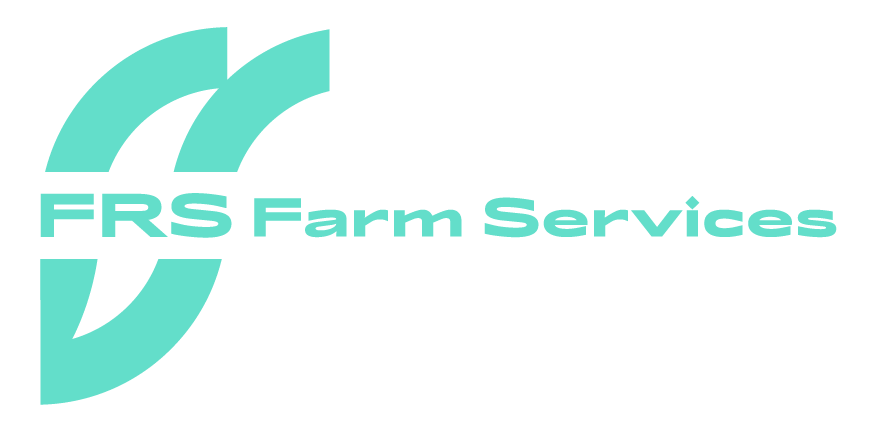Mastitis remains one of the biggest challenges for dairy farmers that can affect cow performance and production. Currently, the practice of blanket dry-cow therapy is the most common method used prevent mastitis. This is where intramammary (IM) antimicrobials (AMs) are given to all cows at dry-off to treat infected cows and prevent against infection on uninfected cows.
From January 2022, under the new Regulation (EU) 2019/6 on veterinary medicinal products, the blanket use of antibiotic dry cow therapy will be prohibited. The new legislation will take effect from January 28th, 2022, which means farmers will no longer be allowed to administer dry cow tubes to all cows in the herd. This is part of a targeted global action plan to reduce the use of anti-biotics in food chains which have been increasing the levels of anti-biotic resistance in humans.
Mastitis is not caused by a deficiency of intramammary antibiotic. Hygiene is the main cause of mastitis, and no antibiotic should be used to take over from poor hygiene.
Dairy farmers can combat mastitis by using data, good hygiene practice and keeping up to date records so farmers can identify cows that don’t need antibiotics.
An option farmers may want to consider is ‘selective dry cow therapy’ (SDCT). SDCT employs a specific strategy to avoid treating every cow with antibiotics at dry off.
The criteria for successful SDCT practice is identifying the infected cow at point of dry off. Avoid infection during the drying off process and keeping the cow uninfected throughout the dry period. Cows should remain uninfected at calving.
An example criterion for SDCT in herd selection is as follows; farmers should aim to keep bulk tank SCC consistently <200,000 cells/ml and do regular milk recordings (recommended monthly). Milk recording is the key to achieving successful safer Selective Dry Cow Therapy. It is essential to record one month before drying off or 60 days before the start of calving to assess the SCC of the herd. This allows farmers to monitor cure rates over the dry period. Keep records of clinical cases and outcomes and have < 2% clinical case rate in the last 3 months of lactation.
For cow selection have SCC consistently <200,000 for 4 previous recordings. There should be no clinical case throughout the lactation (important to record all cases as sometimes will not be reflected in the milk recordings). Also having good udder health with no skin lesions will help.
SCC management, improving udder health, reducing the usage of antibiotics and milk recording can provide excellent detail on cow performance. This data can be easily accessed and interpreted with farming app, Herdwatch.
By using Herdwatch, farmers will be able to access all the information needed to select cows to be dried off, within the Dry Off Management feature in Herdwatch which gives you a detailed dashboard which includes cows in herd, average herd SCC, cows suitable for SDCT, cows to dry, cows dried, milk record and more. To find out more visit www.herdwatch.ie.
